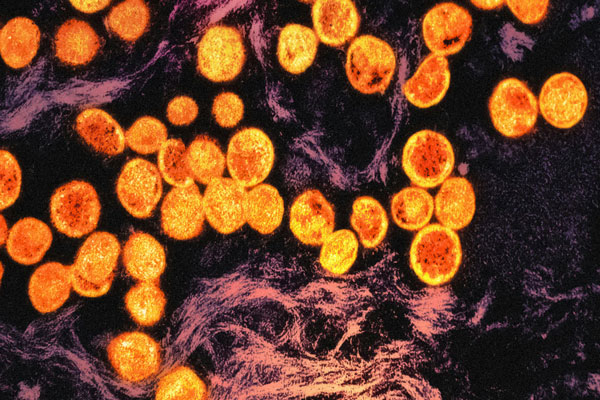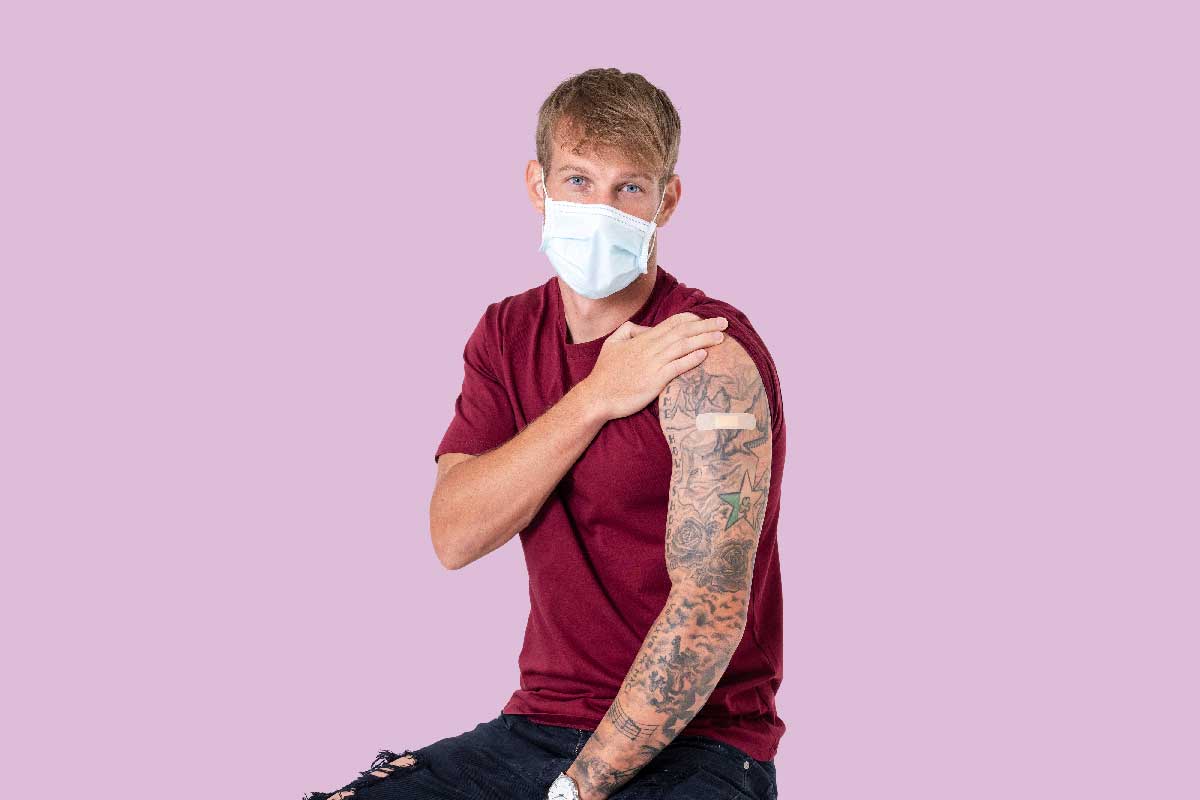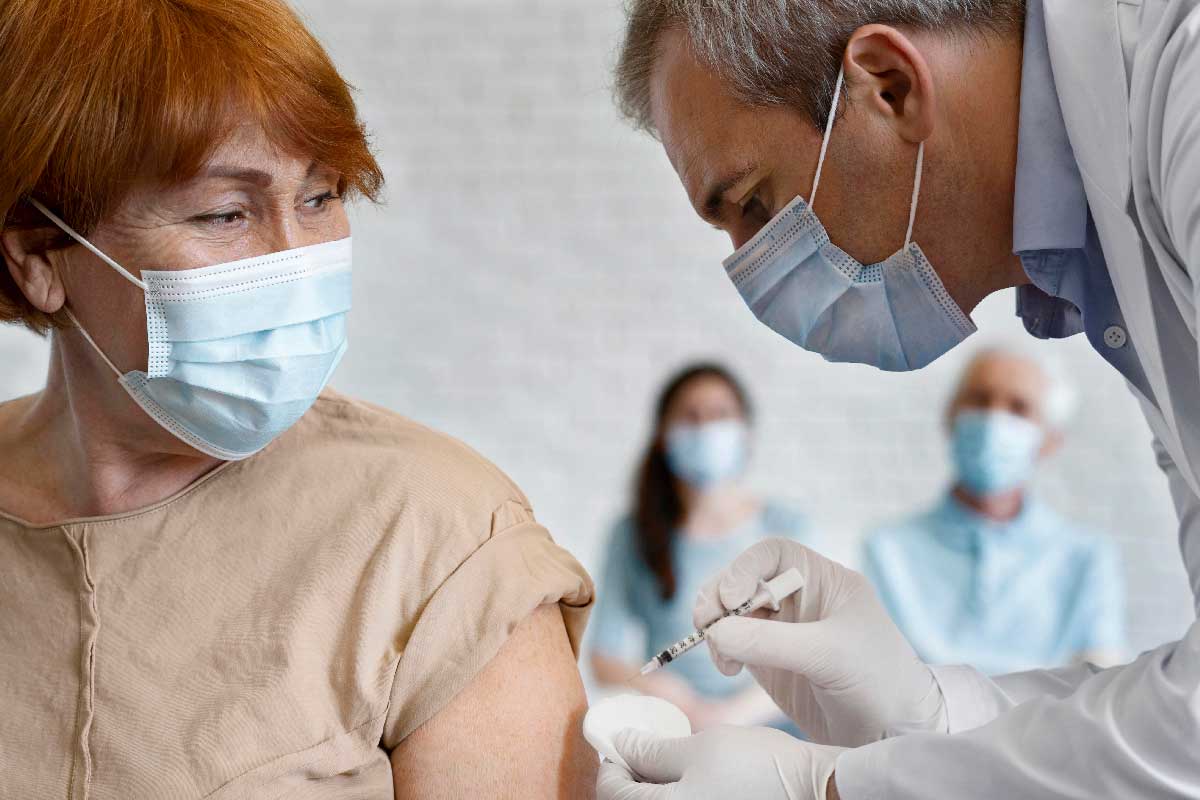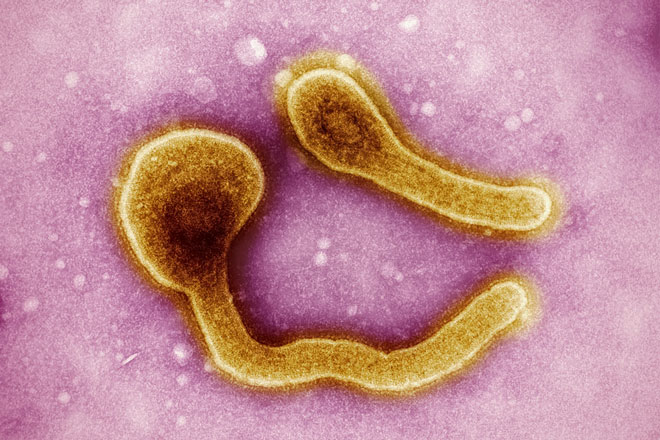Five things you need to know about the battle to end HIV/AIDS
The progress against HIV/AIDS is starting to backslide, with sharp rises in new infections, women and girls being affected disproportionally and children being neglected in the global response. Here’s what you need to know.
- 30 November 2022
- 5 min read
- by Priya Joi
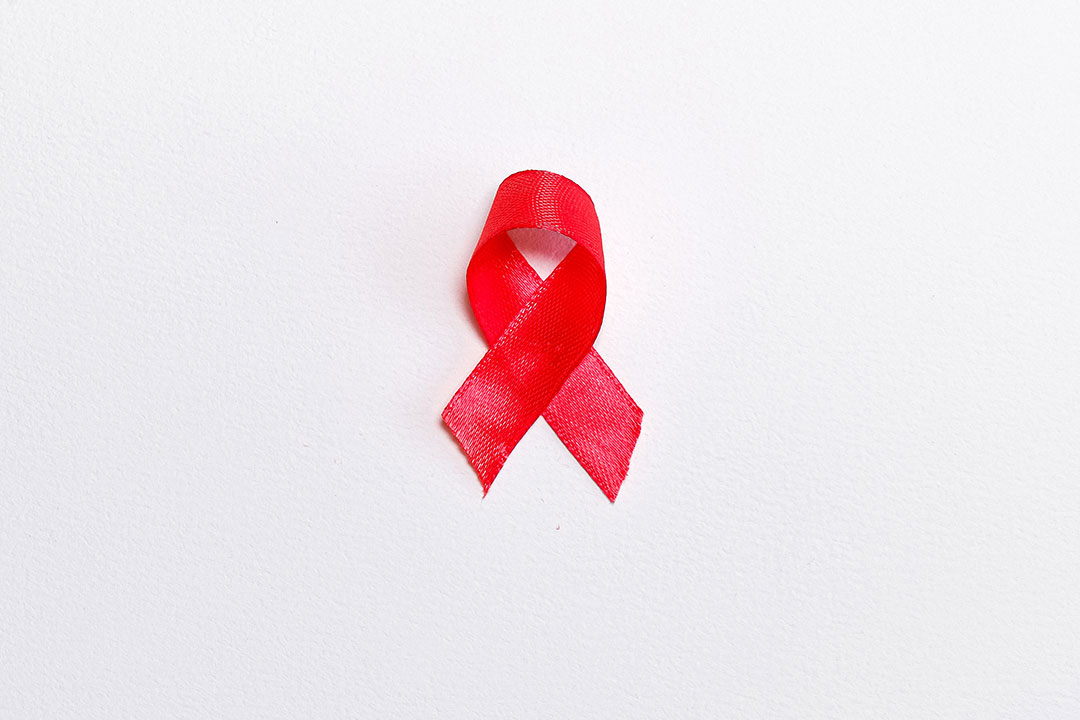
1. We are not on track to end AIDS
Even with the advent of antiretrovirals for treatment and the ability to use antiretrovirals pre-emptively as pre-exposure prophylaxis (PrEP) to prevent infections, progress has slowed down significantly over the past few years.
Often, girls have no access to HIV prevention as they have less access than boys to contraception or clinics.
The pandemic affected the world’s ability to treat killer infections such as HIV. Between 2020 and 2021, globally the number of new infections dropped only 3.6% – the smallest annual decline in new HIV infections since 2016. There were still 1.5 million new infections in 2021.
According to UNAIDS, Eastern Europe and Central Asia, Middle East and North Africa and Latin America regions have all seen annual HIV infections rise for several years. In Asia and the Pacific, new HIV infections are rising where they had once been falling.
2. There is hope of a vaccine, but existing prevention should be widened
New vaccine technology using genetic material called mRNA was critical in making COVID-19 vaccines faster than had ever been done before. Now, there is cautious hope of an mRNA vaccine against HIV.
One of the big challenges in creating an HIV vaccine is that it is a retrovirus that can insert itself into our genomes and be copied forever; in comparison coronaviruses such as SARS-CoV-2 are shed by the body in a few weeks. This means that a vaccine against HIV needs to elicit a long-term immune response that requires engaging a special type of B-cells called broadly neutralising antibodies.
But although we don’t yet have a vaccine against HIV, PrEP has been enormously important in preventing new infections – it can reduce the chance of getting HIV through sex by 99%. The problem, says UNAIDS, is that PrEP is not reaching key populations. Inequality in accessing care remains an issue – the proportion of people in wealthy regions such as Europe, the US and Australia far outweighs those in low-income countries.
Criminalising behaviour is making it harder to reduce HIV infections. In countries where men who have sex with men, sex workers, transgender people and people who inject drugs are criminalised, they are unlikely to receive preventive care, diagnosis or treatment. Prisoners are similarly at high risk of acquiring HIV, but are least likely to be prioritised in many national HIV responses.
Have you read?
3. Advanced HIV is a major challenge in reducing AIDS deaths
Where people are not diagnosed early or can’t access antiretroviral treatment, their infection progresses to become advanced HIV. The immune systems of people with advanced HIV are so ravaged they become vulnerable to opportunistic infections such as tuberculosis, severe bacterial infections and cryptococcal meningitis.
People with advanced HIV can improve their immune systems with antiretroviral treatment, but it is less effective than if they were diagnosed early, and people are sometimes so unwell they can find it hard to stick to the treatment regimen.
4. Women and girls are at high risk
Gender inequalities mean that women and girls are being disproportionately affected. Every two minutes, an adolescent girl or young woman (aged 15 to 24 years) became infected with HIV in 2021. In sub-Saharan Africa, women accounted for 63% of new HIV infections in 2021.
The decline in new infections is also slower – in sub-Saharan Africa, new infections among adolescent girls and young women fell by 42% between 2010 and 2021, while among males of the same age the decline in new infections was 56%.
Often, girls have no access to HIV prevention as they have less access than boys to contraception or clinics. Violence against women, both emotional and physical abuse, means that girls and women are less likely to have agency over their own bodies even if they are aware of how to prevent HIV.
In 33 countries across Africa and Asia that have performed demographic and health surveys since 2015, less than half (41%) of adolescent girls and young women who are married or in a relationship said they could make their own decisions on sexual health.
5. Children are still being neglected
Efforts to bring HIV prevention and care to adults has not translated into better care for children. In 2021, children accounted for 4% of all people living with HIV but for 15% of all AIDS-related deaths. Around 800,000 children (0–14 years) and 400,000 adolescents (15–19 years) living with HIV are not on treatment. 2021 saw another 160,000 children newly infected with HIV.
This is connected with the lack of focus on prevention in young girls and women – they are more likely to be infected with HIV and less likely to be diagnosed or receive treatment, which makes them more likely to pass the infection on to their babies.
To tackle this problem, and to redouble efforts against HIV/AIDS in children, this year UNAIDS, UNICEF, WHO, international partners, governments from affected countries, and civil society groups have formed a new Global Alliance to End AIDS in Children.
